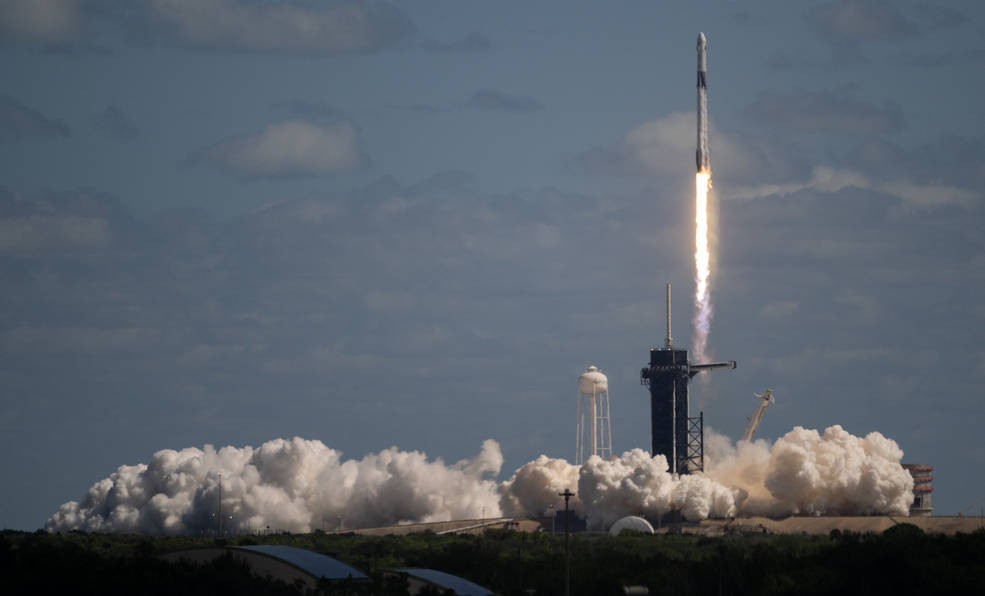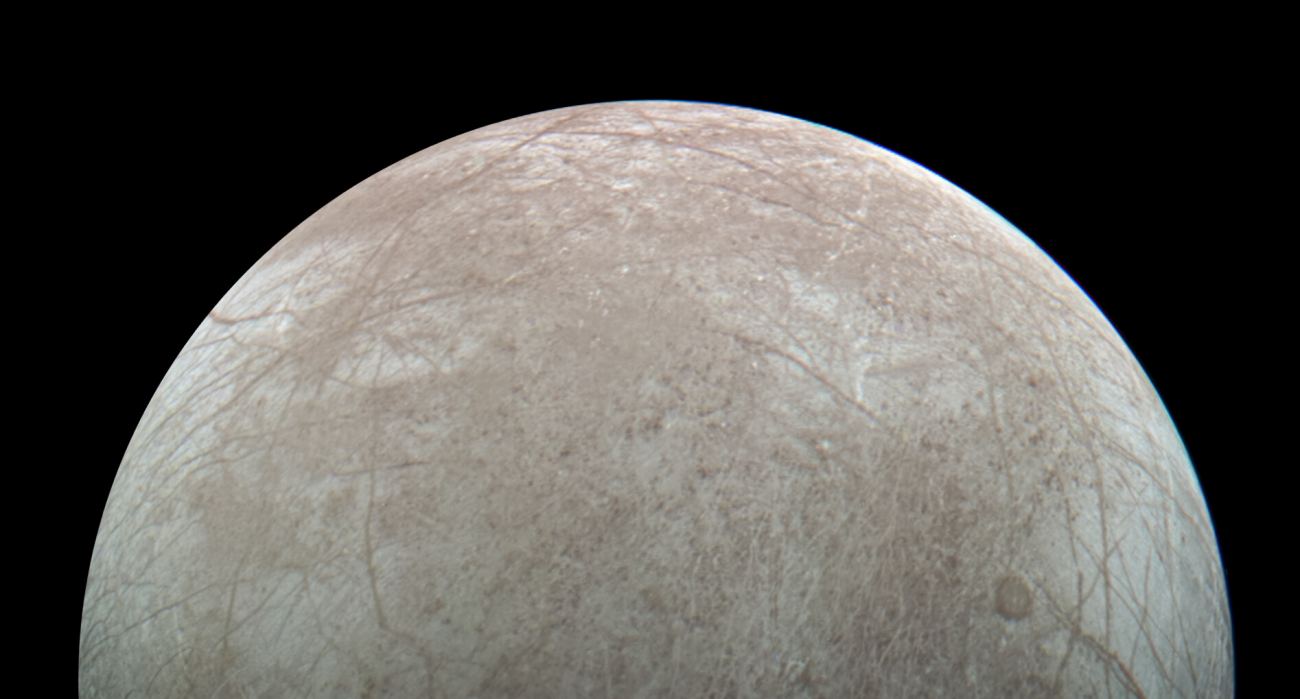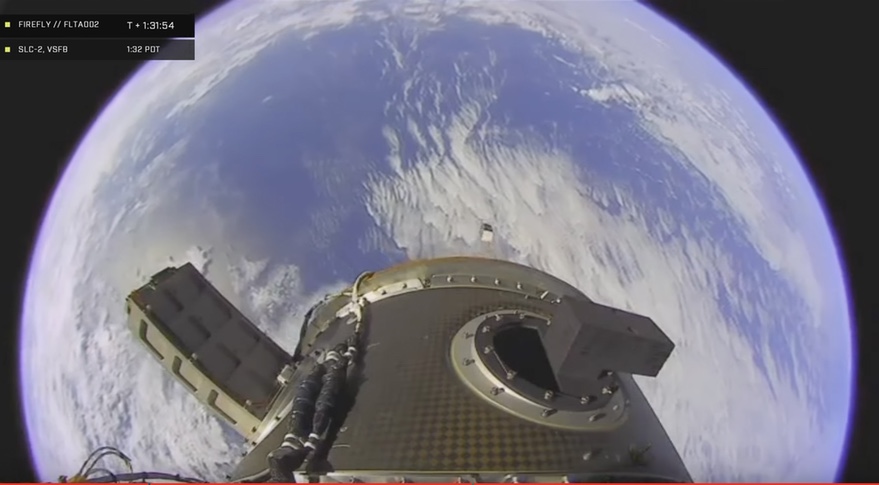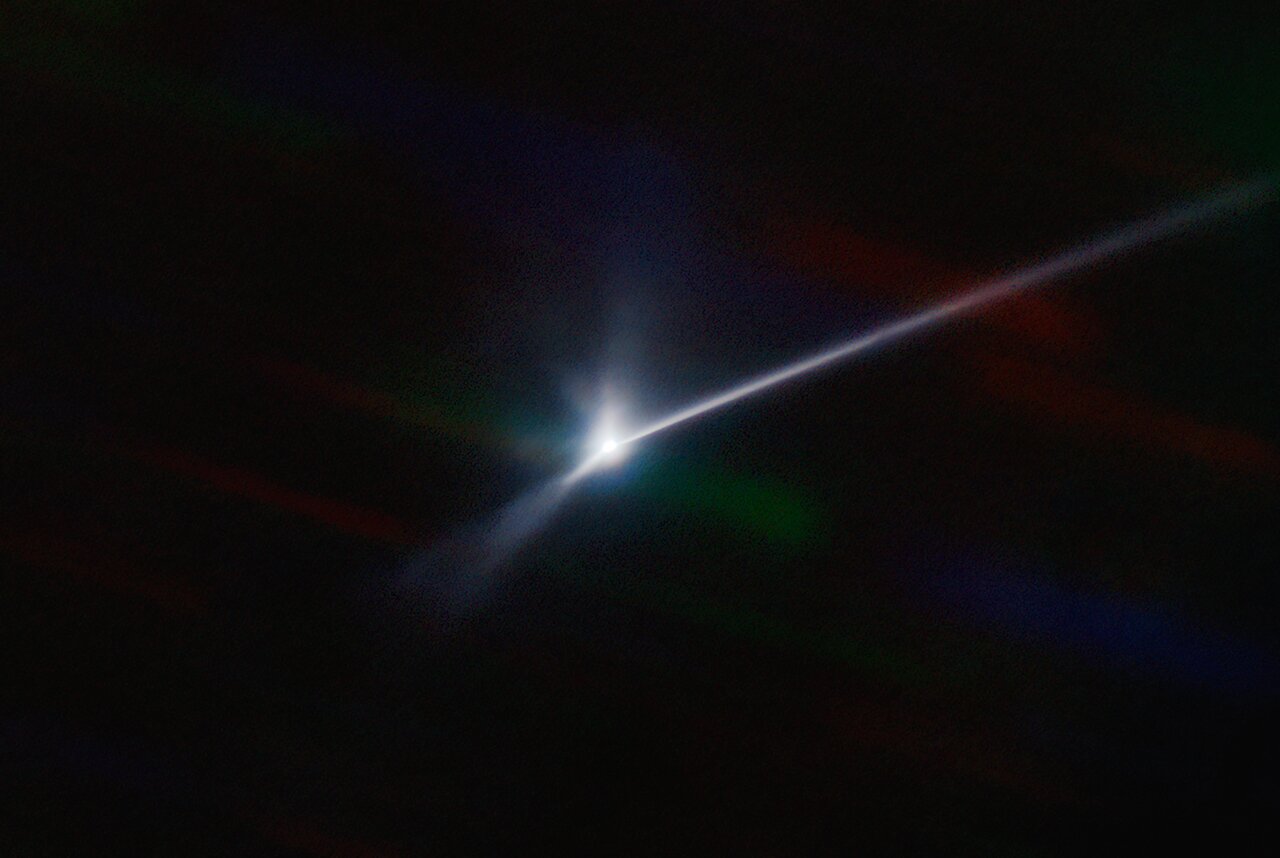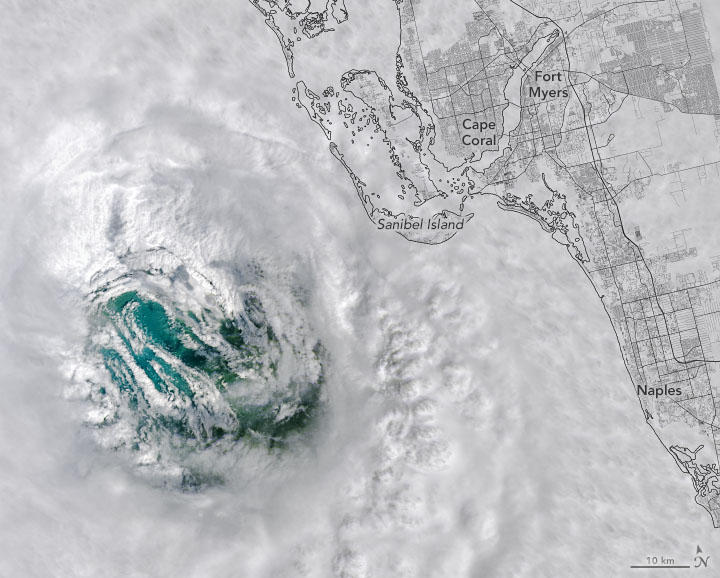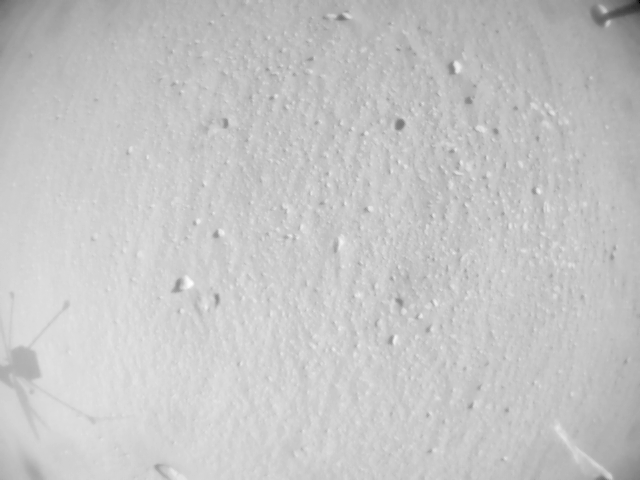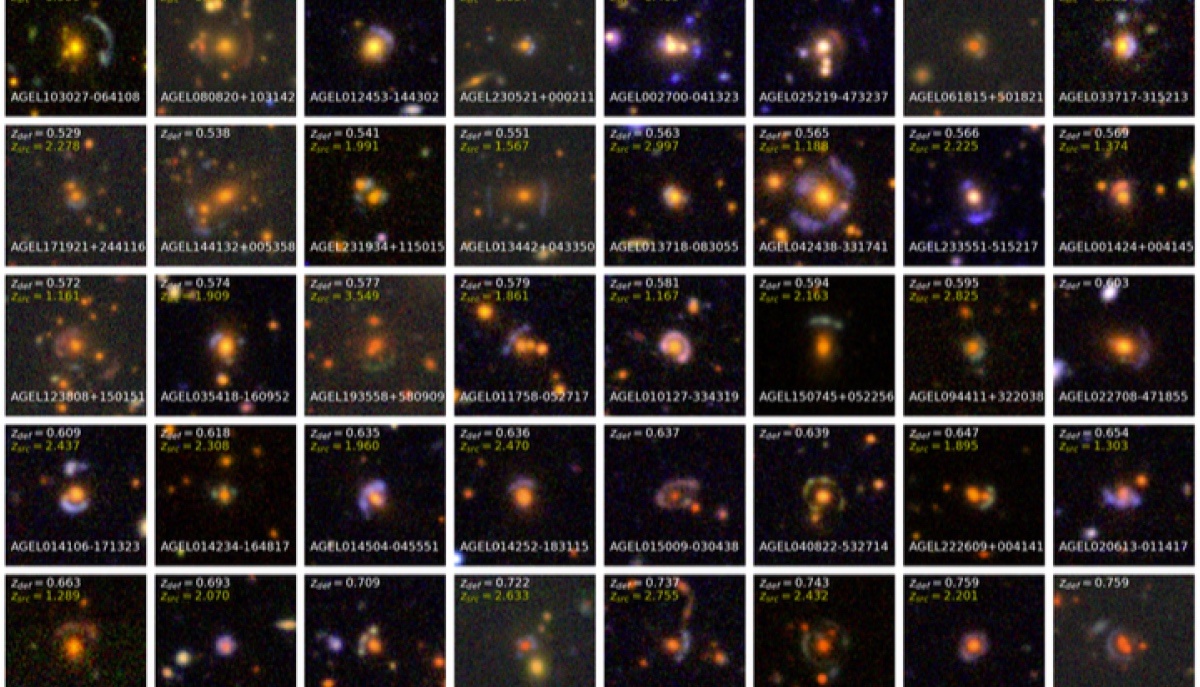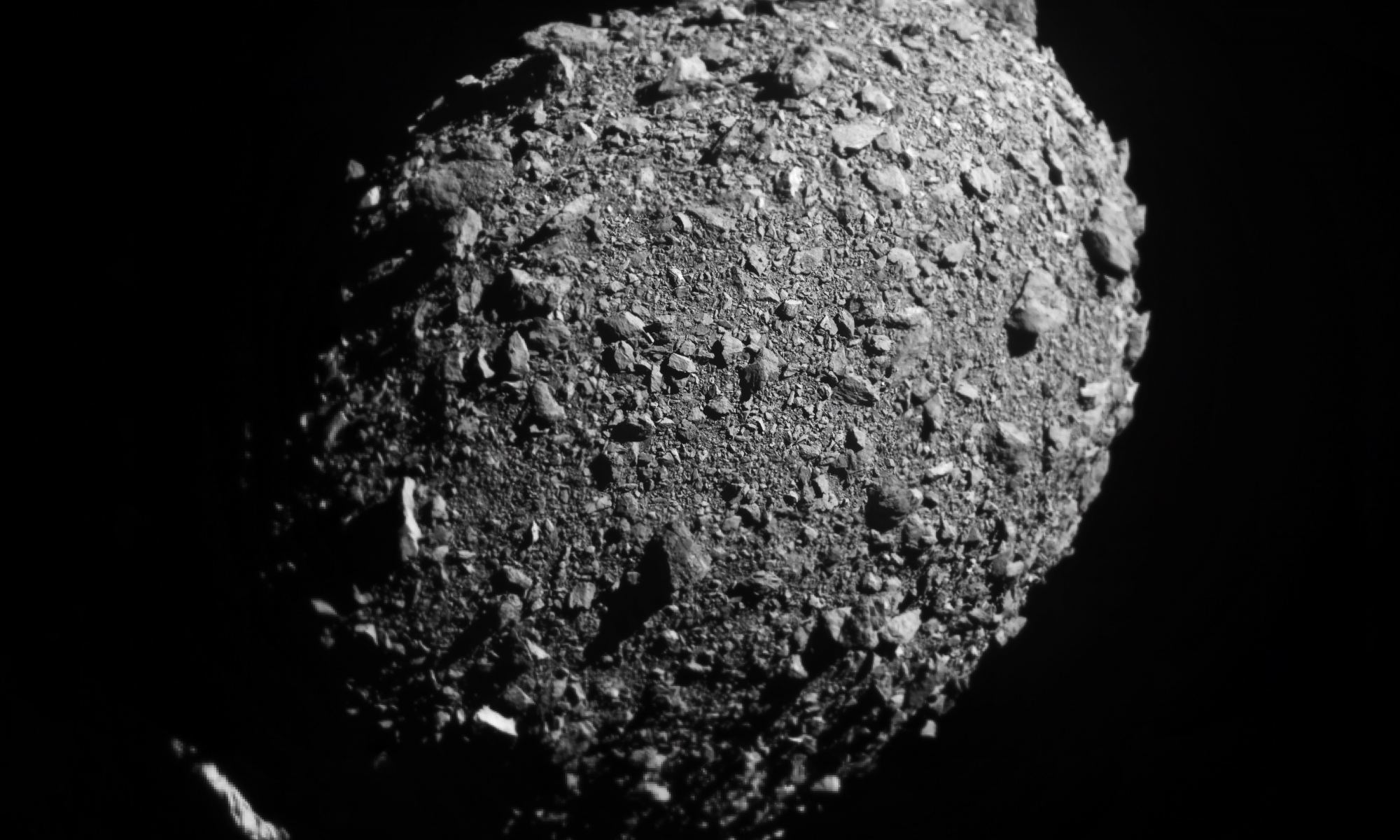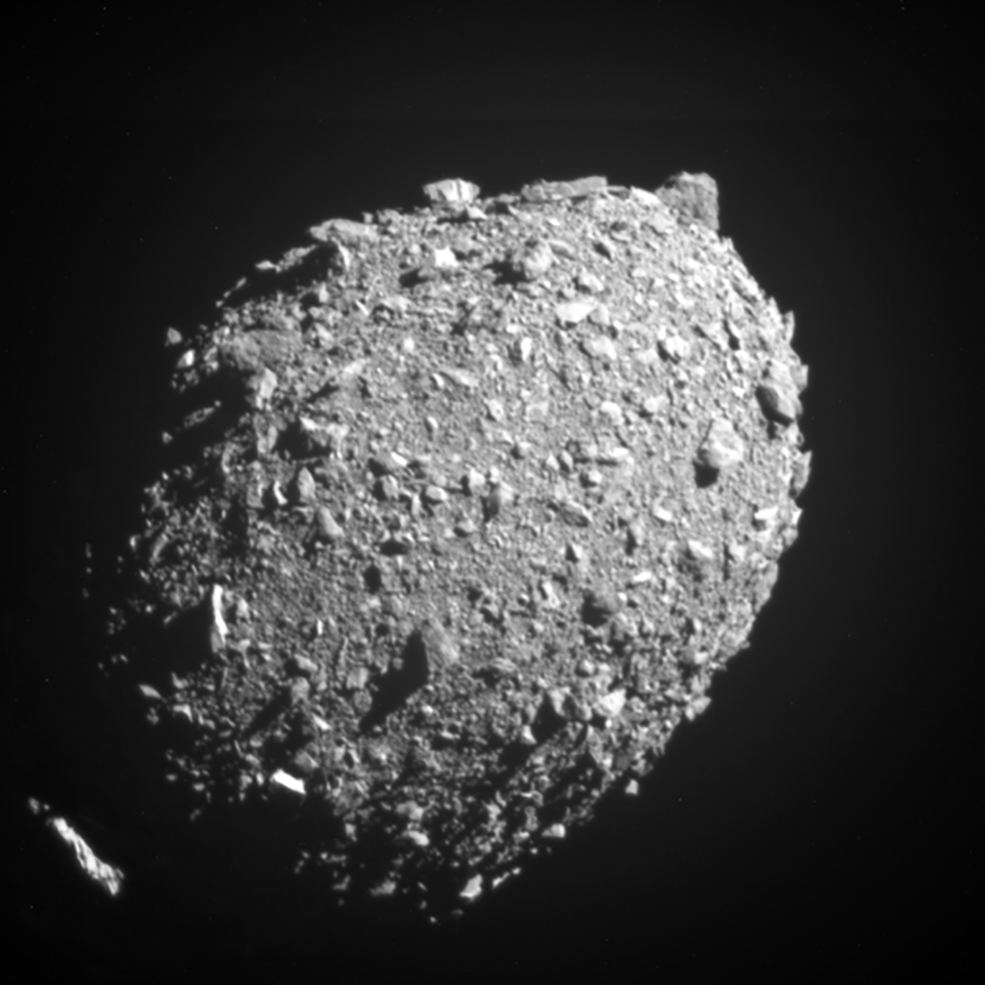What’s better than a pair of galaxies observed by a pair of iconic space telescopes? The answer to that, according to researchers using the Hubble and James Webb Space Telescopes, is finding even more galaxies and other remarkable details no one expected in the duo’s observations.
“Galaxies in the foreground, background, deep background, and into the depths,” said astronomer William Keel from Galaxy Zoo, on Twitter.
Continue reading “Webb and Hubble Work Together to Reveal This Spectacular Galaxy Pair — and Several Bonuses!”

